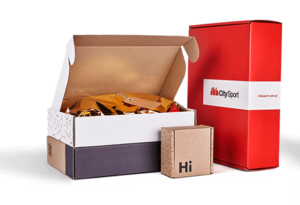Home » Applying the AIDA Model to Custom Packaging
Applying the AIDA Model to Custom Packaging
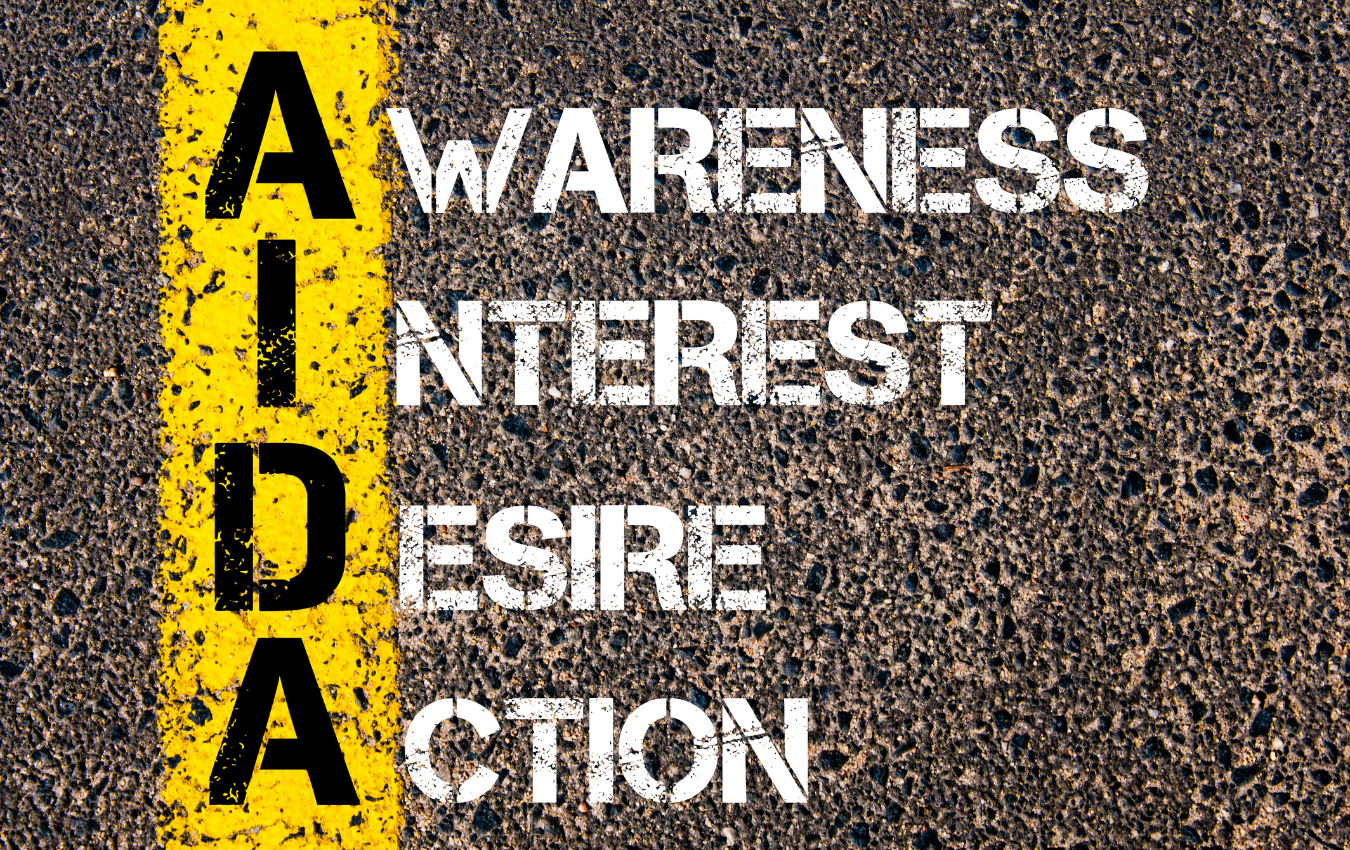
In the dynamic world of marketing, packaging isn’t just a protective shell for your product; it’s a powerful tool for capturing the hearts and minds of consumers. Custom packaging, in particular, offers a unique opportunity to leverage the AIDA model—Attention, Interest, Desire, and Action—as a strategic framework for enhancing your brand’s impact and boosting sales. In this blog, we’ll delve into how custom packaging aligns with each stage of the AIDA model.
Attention: Grabbing the Eye with Custom Packaging
In the Attention stage of the AIDA model, the primary objective is to capture the consumer’s attention and make your product stand out. Custom packaging plays a pivotal role in achieving this by:
- Eye-Catching Design: Your custom packaging should feature a design that immediately catches the consumer’s eye. Bold colors, unique shapes, and striking graphics can make your product pop on the store shelf or in an online marketplace.
- Distinctive Elements: Custom packaging allows you to incorporate distinctive elements that set your product apart from the competition. Whether it’s a custom logo, a unique texture, or an unusual packaging material, these elements can pique curiosity and invite closer inspection.
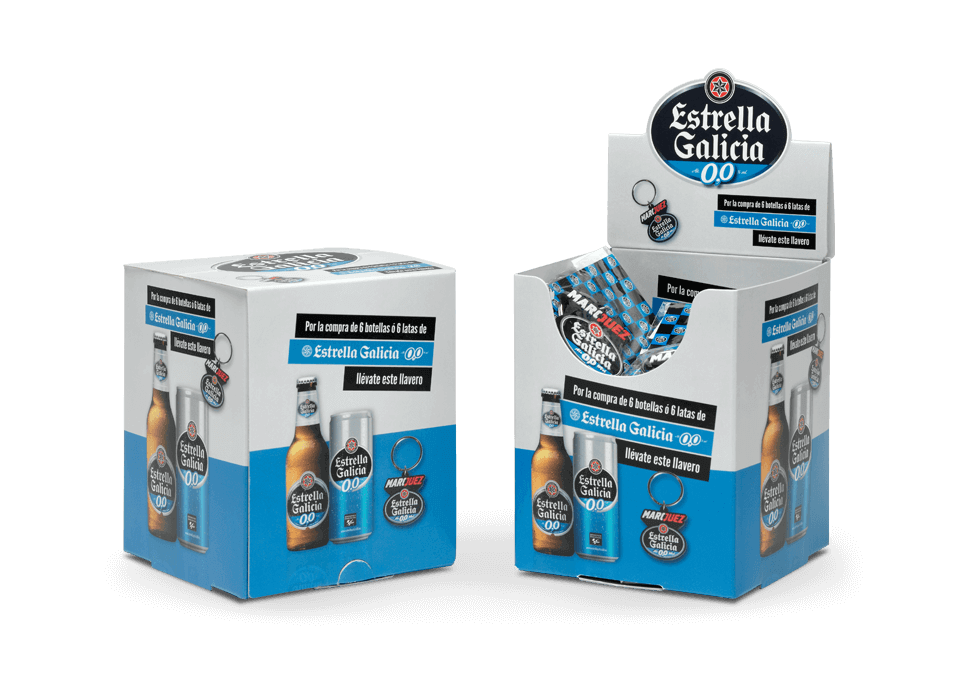
Interest: Engaging the Consumer’s Curiosity
Once you’ve successfully garnered their attention, it’s time to pique the consumer’s Interest in your product. Custom packaging can engage their curiosity by:
- Compelling Storytelling: Use your packaging as a canvas for storytelling. Share the story of your brand, the inspiration behind your product, or the journey of its creation. Consumers love to connect with the narrative behind the products they buy.
- Interactive Elements: Consider incorporating interactive elements into your custom packaging. QR codes, augmented reality experiences, or hidden surprises inside the package can create a sense of excitement and engagement.
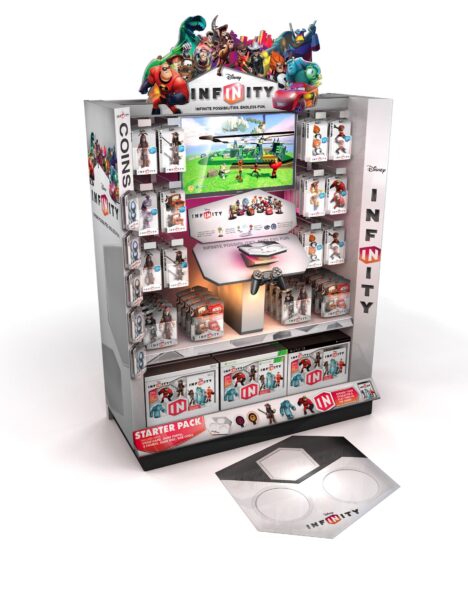
Desire: Building Desire through Custom Packaging
In the Desire stage, you aim to create a strong desire for your product. Custom packaging can help build this desire by:
- Visual Appeal: Your custom packaging should communicate a sense of quality and desirability. High-quality materials, elegant finishes, and luxurious details can elevate the perceived value of your product.
- Showcasing Benefits: Highlight the key benefits and advantages of your product prominently on the packaging. Use persuasive language and imagery that resonates with the consumer’s desires and needs.
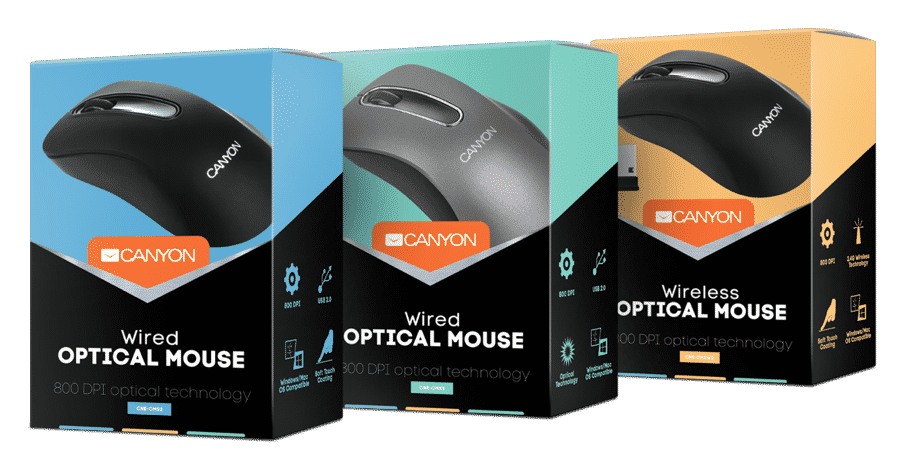
Action: Encouraging Purchase with Custom Packaging
The final stage, Action, is where consumers make the decision to purchase your product. Custom packaging can encourage this action by:
- Call to Action: Include clear and persuasive calls to action on the packaging. Phrases like “Buy Now” or “Try Today” can prompt consumers to take the next step.
- Incentives: Offer promotions or incentives that are prominently displayed on the packaging. Whether it’s a limited-time discount, a special offer, or a gift with purchase, these incentives can motivate consumers to make a buying decision.
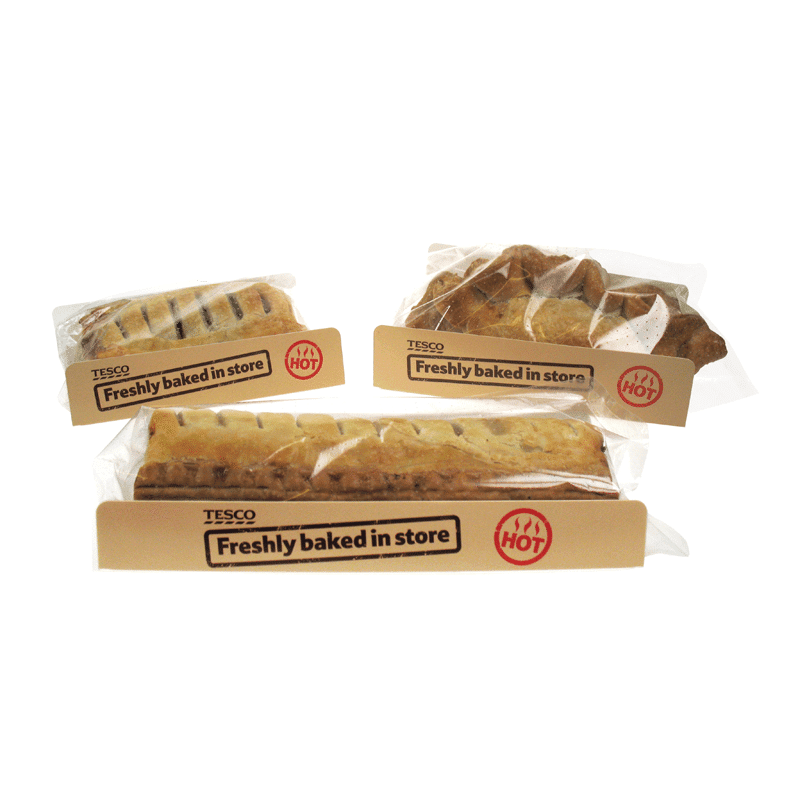
Conclusion
In conclusion, custom packaging isn’t just a container for your product; it’s a strategic marketing tool that aligns seamlessly with the AIDA model. By capturing attention, generating interest, building desire, and encouraging action, custom packaging can contribute to increased sales and brand success. It’s a testament to the power of packaging to not only protect but also persuade and captivate consumers on their purchasing journey.
If you are interested in custom packaging, then partner with Brown Packaging today to get started.
As tariff changes reshape global trade, packaging buyers moving production from China to the U.S. or nearshore regions face a new challenge: supplier qualification. Transitioning
With new tariff proposals and continued trade uncertainty, 2026 is shaping up to be another pivotal year for packaging sourcing strategy. Many companies that shifted
Following multiple rounds of tariff changes and trade policy adjustments, 2026 marks a turning point for U.S. packaging buyers. Many who previously transitioned from China
Shifting packaging production from China to the U.S. can help stabilize costs, reduce tariff exposure, and shorten lead times. But the transition process requires careful
RSC boxes are known for their efficiency and versatility, but their performance ultimately comes down to strength. Buyers often see numbers like ECT, BCT, and
In packaging, foam isn’t just about initial protection — it’s about maintaining performance over the entire shipping or storage cycle. Compression set and recovery characteristics
Home » Applying the AIDA Model to Custom Packaging
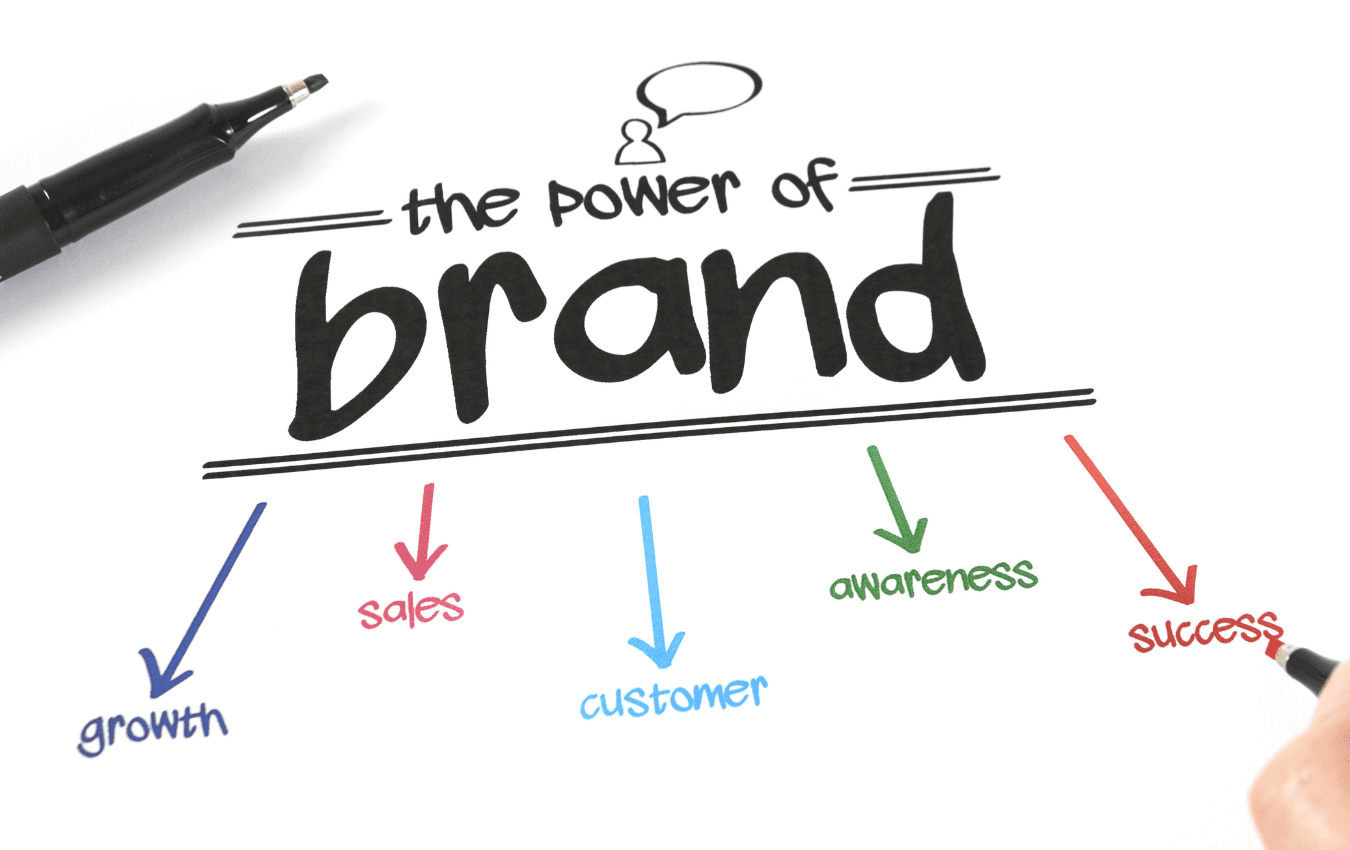
In the fiercely competitive world of retail, brand recognition is the key to success. Standing out amidst a sea of choices requires a strategic approach,
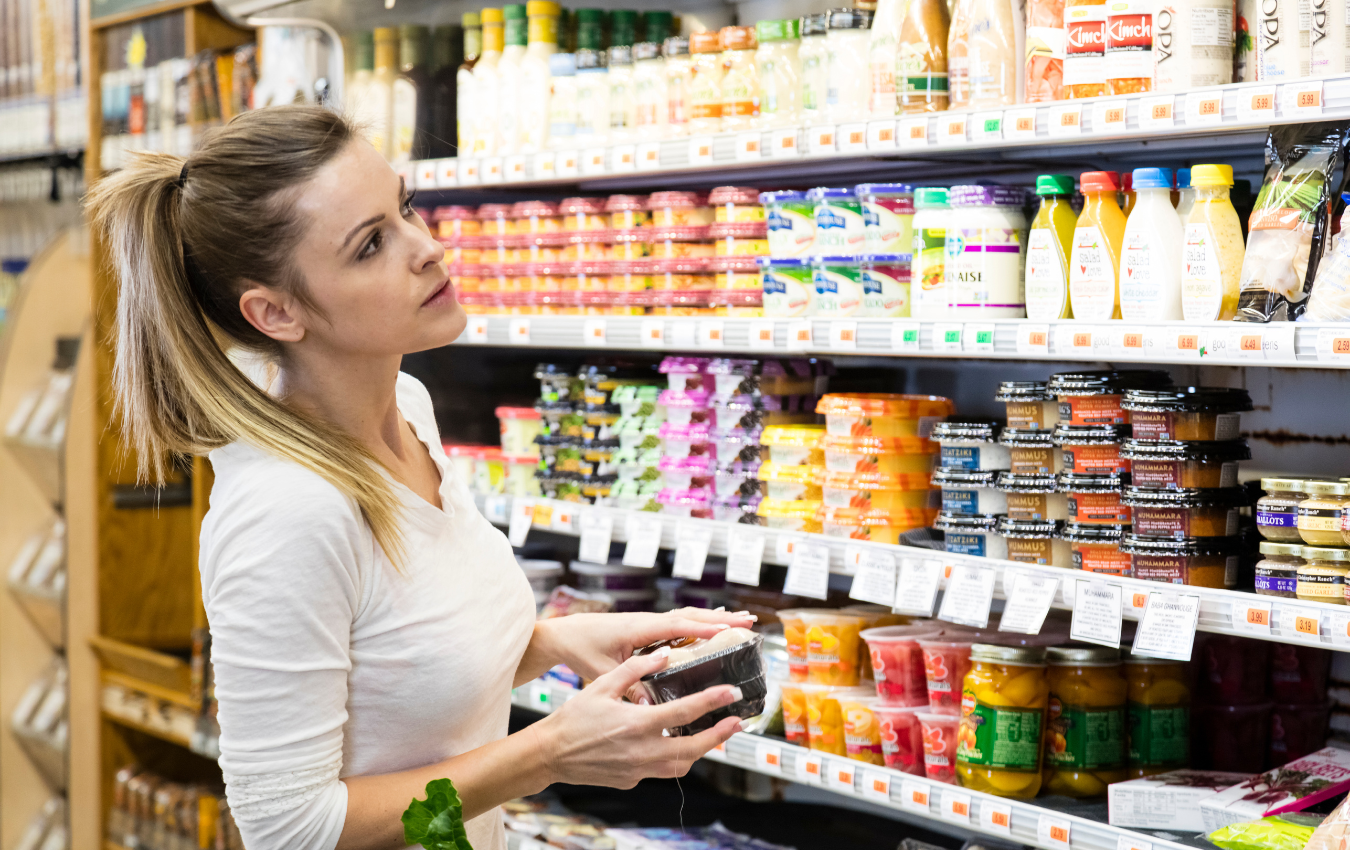
Oxygen and air exposure can adversely affect the quality, shelf life, and safety of your products. To ensure the integrity of your products and packaging,
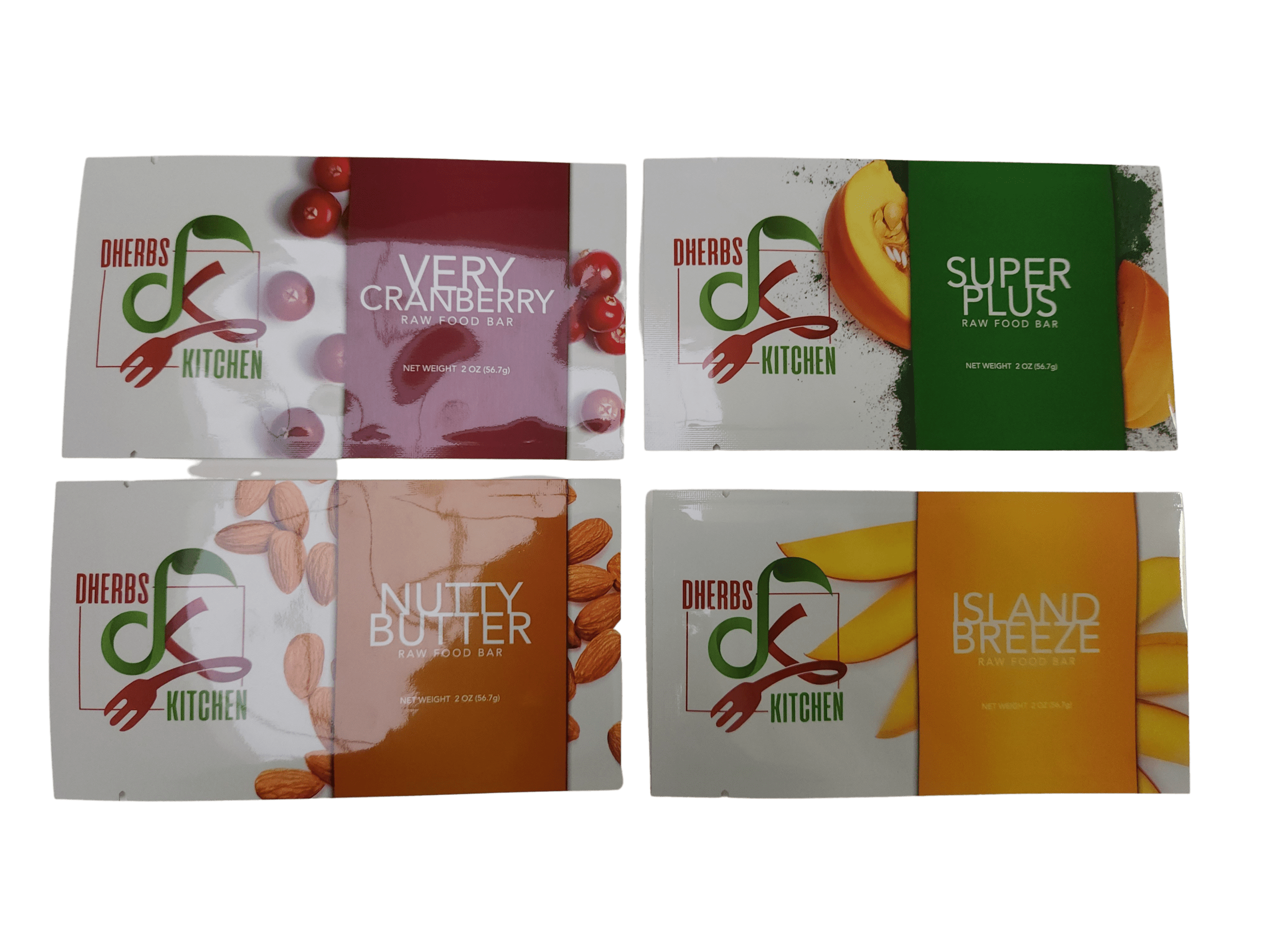
In the diverse landscape of modern packaging, digital printed pouches stand out for their versatility and effectiveness. Offering a blend of functionality and aesthetic appeal,


